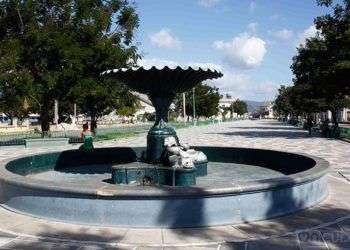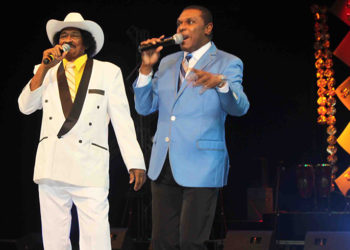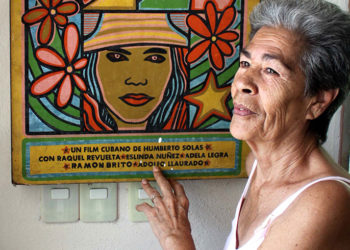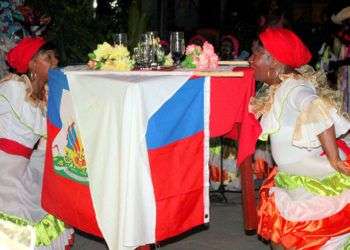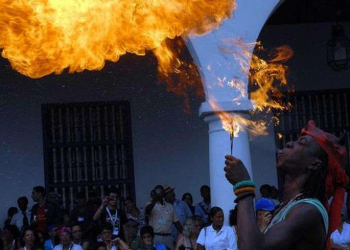Santiago de Cuba will have its own Malecon
The building of a Malecon (seafront promenade) from the birth of the Alameda until the Ports Authority building is one of the most important projects underway to mark the half millennium of life of the city of Santiago de Cuba The city, the sixth founded by the conquistadores, and first Cuban capital, with have again a sea promenade in the Alameda Michaelson, which was inagurated in 1840 by then General Governor Tello, and at that time it was filled with trees and where the different groups of Santiago society gathered. The Santiago Malecon is part of the General Master Plan to give life back to the historical center of the city. To open the city to the sea is one of the main goals of this plan created by Man Architect Lina Magdariaga, who works with the Office of the Projects and Management of the City’s Historian The project is in its initial phase, when they have dismantled warehouses and raised the floors for the first part of the Malecon to be ready by July 25, 2015 to mark the 500 anniversary, said architect Laura Tania Montañés García The children’s playground that is in front of the promenade will receive...

